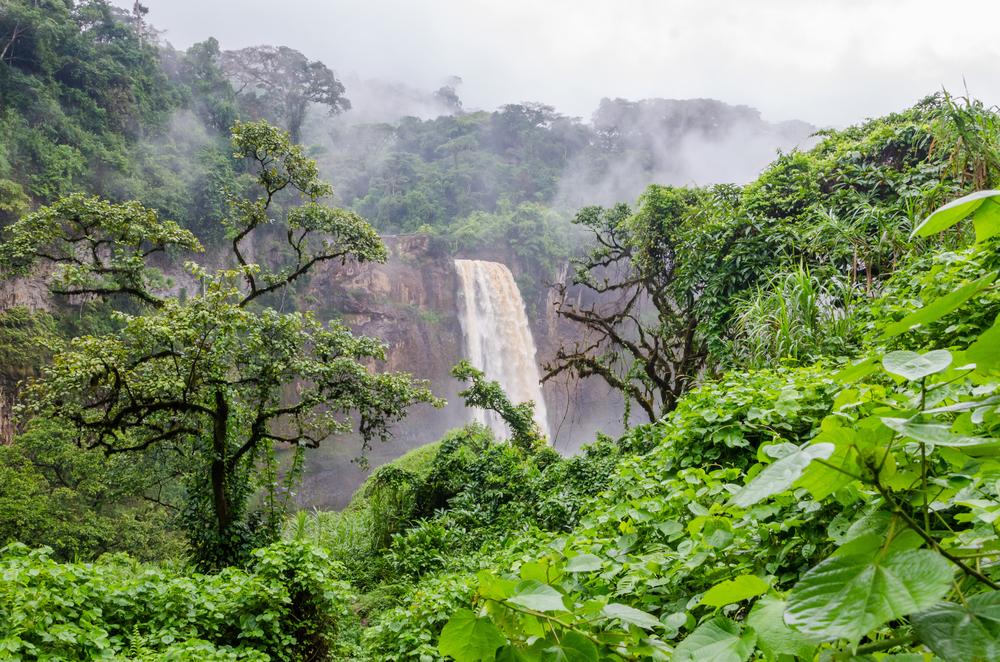Cameroon has nineteen national parks. These parks are established to protect the country’s diverse ecosystems, wildlife, and cultural heritage while providing opportunities for tourism, research, and conservation efforts.
About Cameroon National Parks
Cameroon is home to a rich network of 19 national parks that reflect its diverse ecosystems, from savannas and rainforests to mountains and wetlands. These parks play a critical role in protecting the country’s biodiversity and supporting sustainable tourism. Among Cameroon’s national parks, Waza, Bouba Ndjida, and Campo Ma’an stand out for their ecological importance and popularity.
Waza National Park, located in the northern region near the Chad border, spans approximately 1,700 square kilometers. This UNESCO Biosphere Reserve is known for its vast savannas and seasonal floodplains, which provide a habitat for elephants, giraffes, lions, and antelope species like kob and hartebeest. Bird enthusiasts are drawn to Waza for its abundant birdlife, including pelicans, herons, and ostriches. The park’s iconic landscape and accessible location make it one of Cameroon’s most visited national parks. Conservation efforts focus on mitigating the effects of poaching and human-wildlife conflict, which remain significant challenges.
Bouba Ndjida National Park, in northern Cameroon, is a sanctuary for the critically endangered giant eland and other iconic wildlife such as elephants, lions, and leopards. Its Sahelian savanna ecosystem is interspersed with woodlands and waterholes that sustain life during the dry season. Despite being a haven for biodiversity, Bouba Ndjida faces threats from poaching and habitat encroachment. Conservation initiatives have focused on strengthening anti-poaching measures and engaging local communities in sustainable practices.
Campo Ma’an National Park, in the southern region near the Atlantic coast, spans diverse landscapes ranging from tropical rainforests to mangroves. The park supports a remarkable array of wildlife, including gorillas, chimpanzees, elephants, and leopards. Its proximity to the coast allows for sightings of marine species such as sea turtles. Campo Ma’an is also culturally significant, with local communities maintaining traditional ties to the land. Efforts to protect the park include promoting eco-tourism and sustainable forest management while addressing threats such as logging and agricultural expansion.
While Cameroon’s national parks offer critical refuge for endangered species and habitats, they face challenges such as poaching, habitat loss, and climate change. Collaborative conservation efforts involving the government, international organizations, and local communities have achieved some successes, including increased patrols, habitat restoration projects, and environmental education programs. Eco-tourism is also being promoted to generate revenue and foster local stewardship of these protected areas.
Cameroon’s national parks are vital to the country’s ecological health and cultural heritage. They provide opportunities to experience some of Africa’s most iconic wildlife and diverse landscapes while highlighting the importance of conservation in a rapidly changing world. Protecting these parks ensures the survival of unique ecosystems and species for future generations, making them indispensable treasures in Cameroon’s natural legacy.
Below is an Alphabetical List of National Parks in Cameroon
Cameroon National Parks
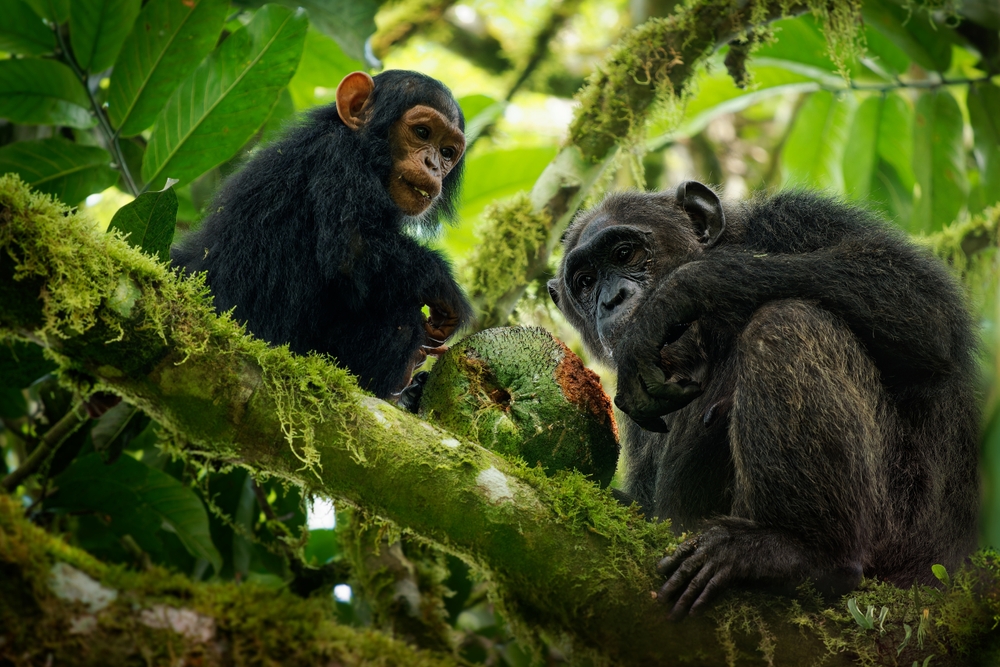
Bakossi National Park
Explore Now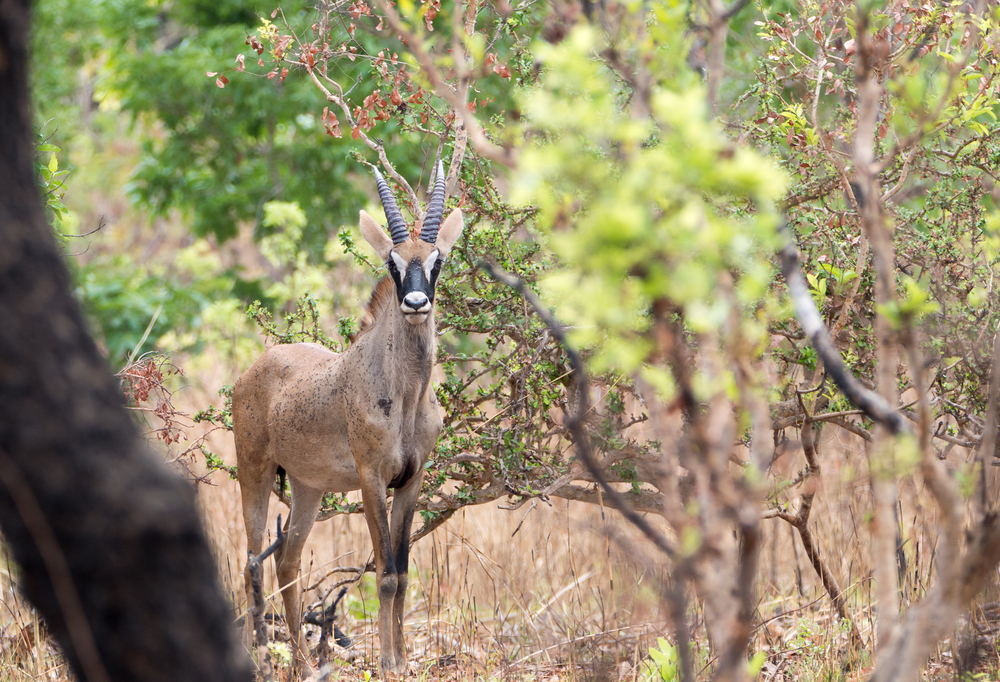
Bénoué National Park
Explore Now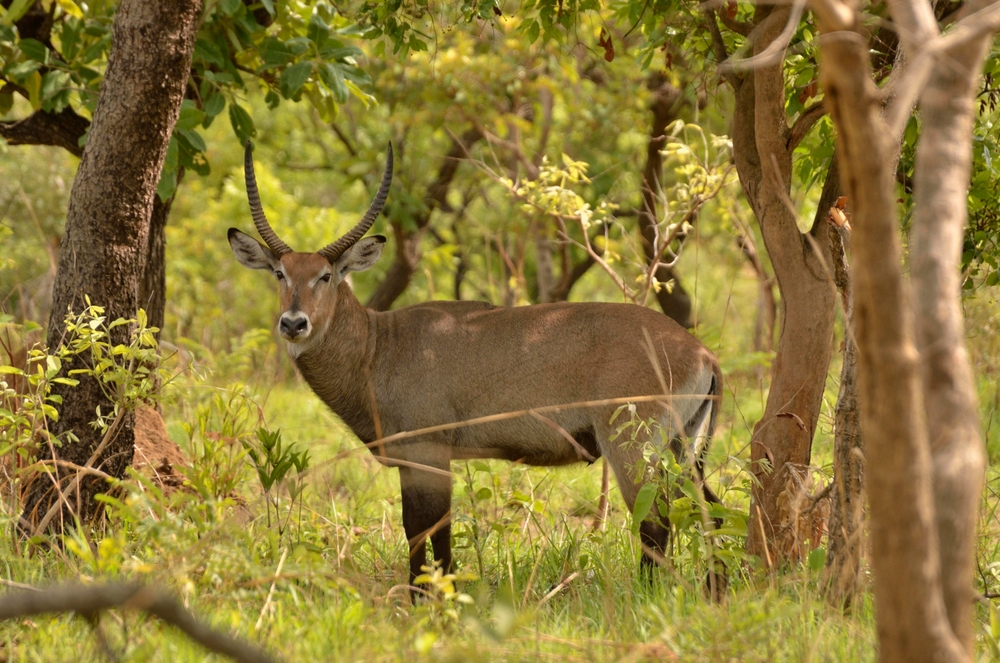
Bouba Njida National Park
Explore Now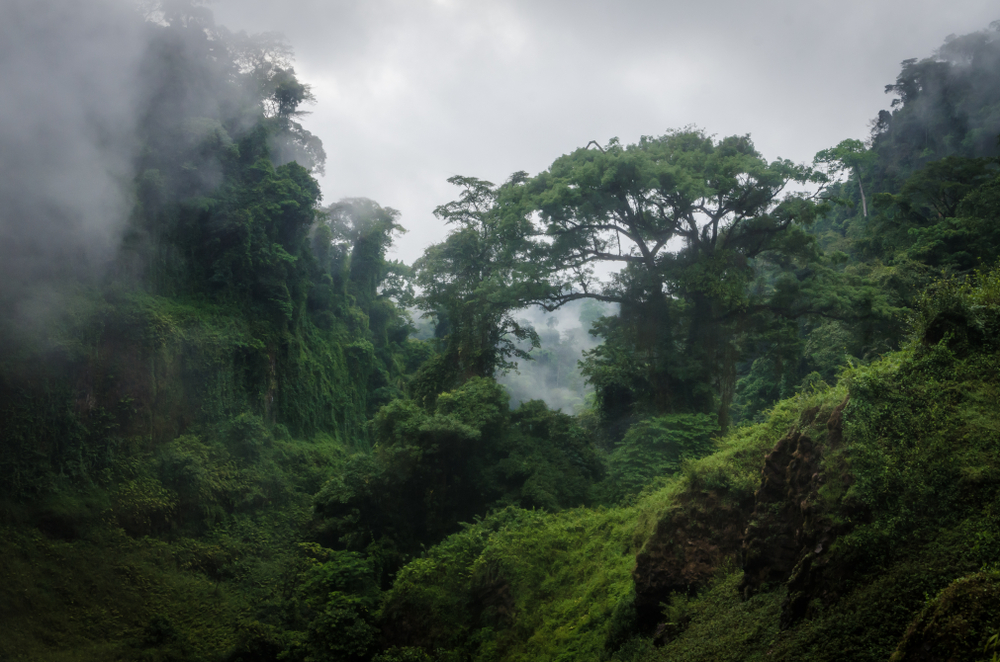
Boumba Bek National Park
Explore Now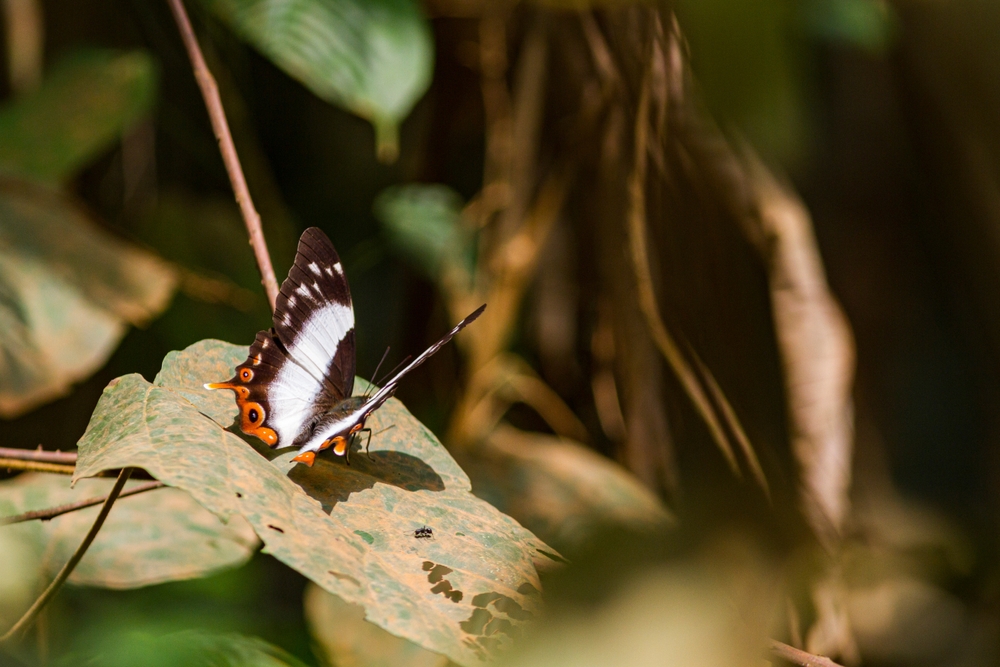
Campo Ma'an National Park
Explore Now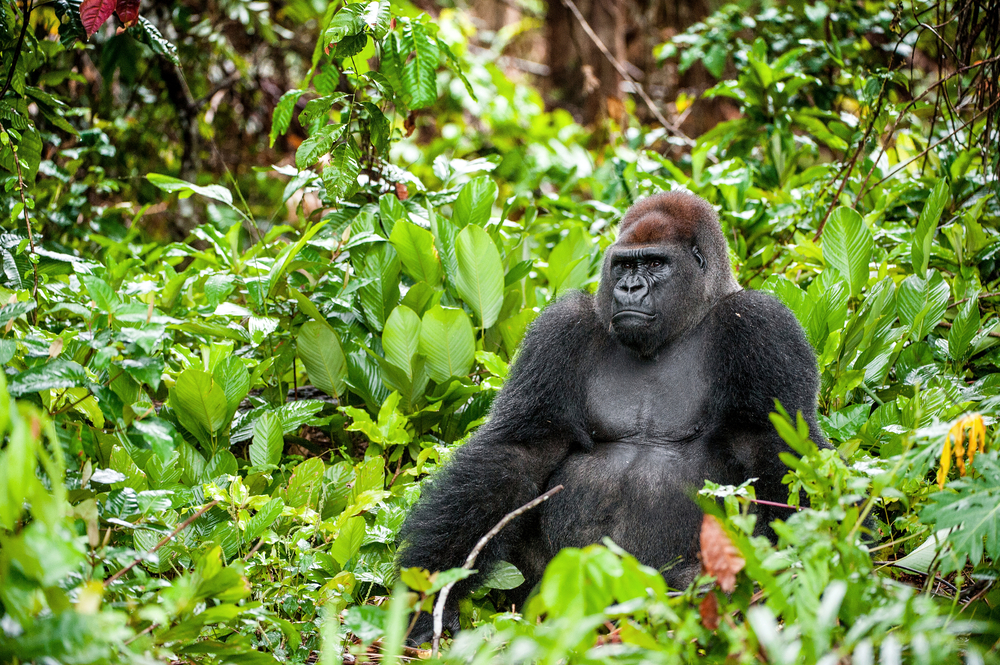
Deng Deng National Park
Explore Now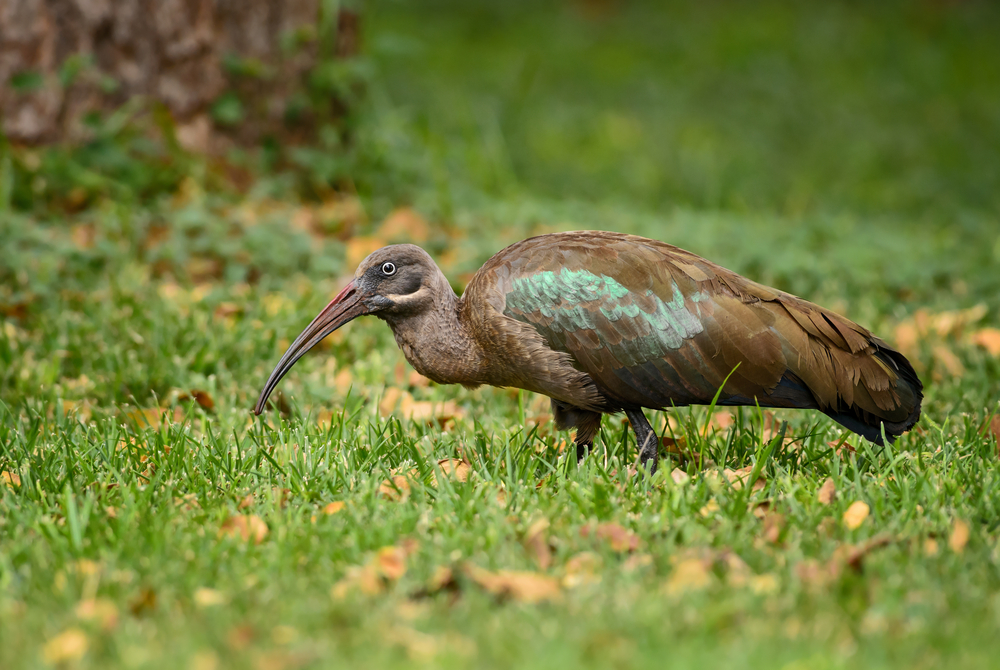
Douala Edéa National Park
Explore Now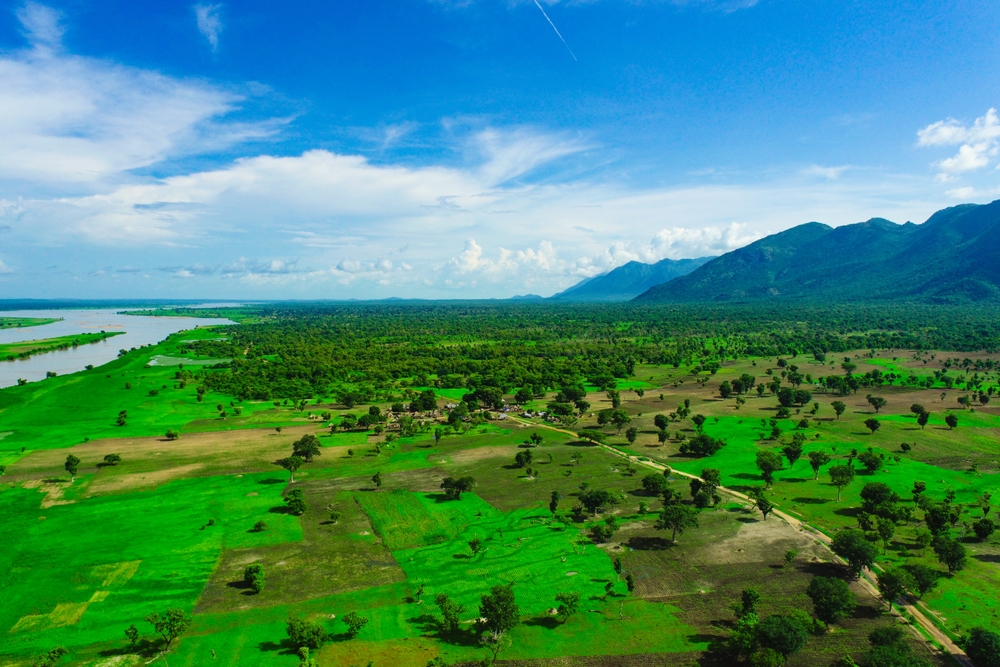
Faro National Park
Explore Now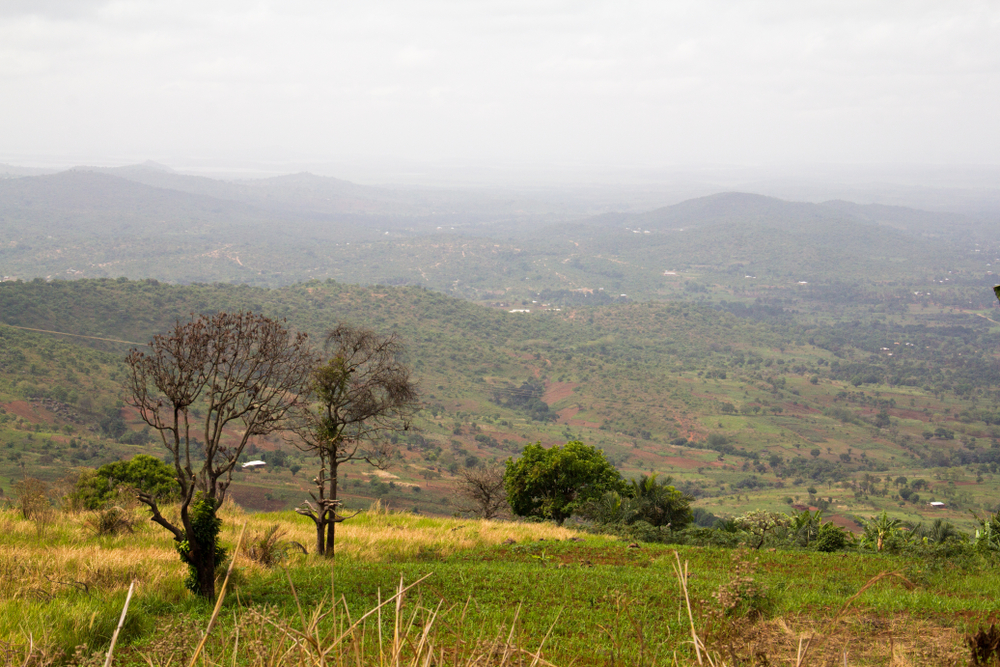
Kimbi-Fungom National Park
Explore Now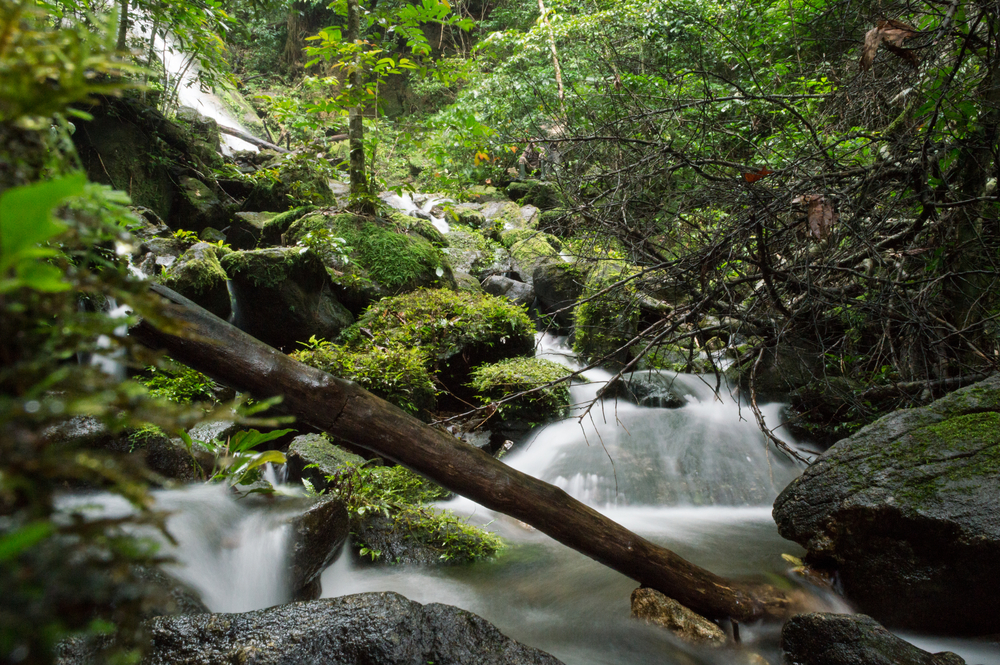
Korup National Park
Explore Now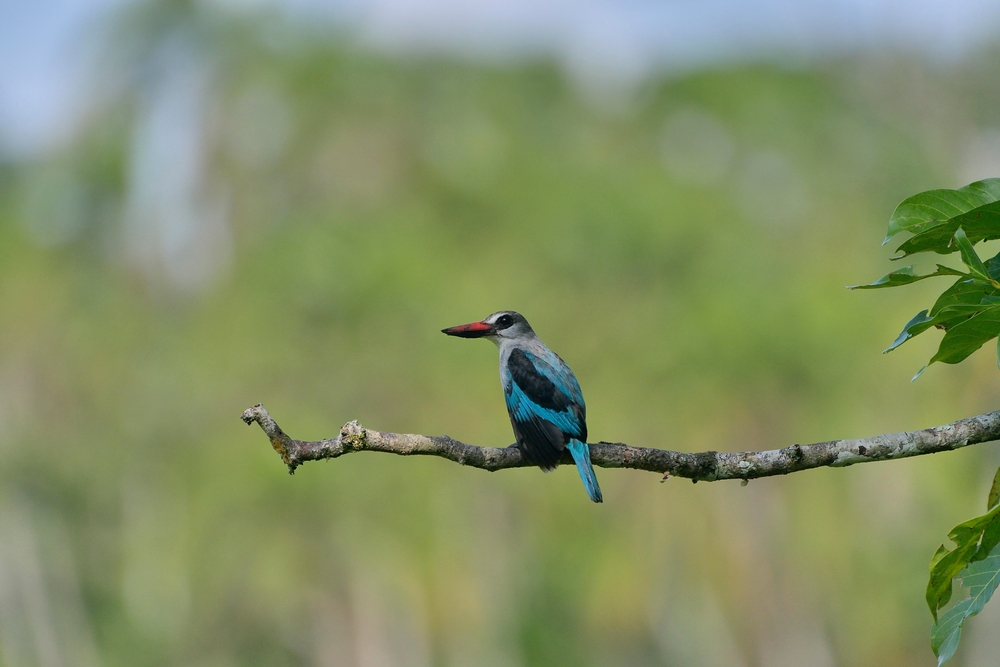
Lobéké National Park
Explore Now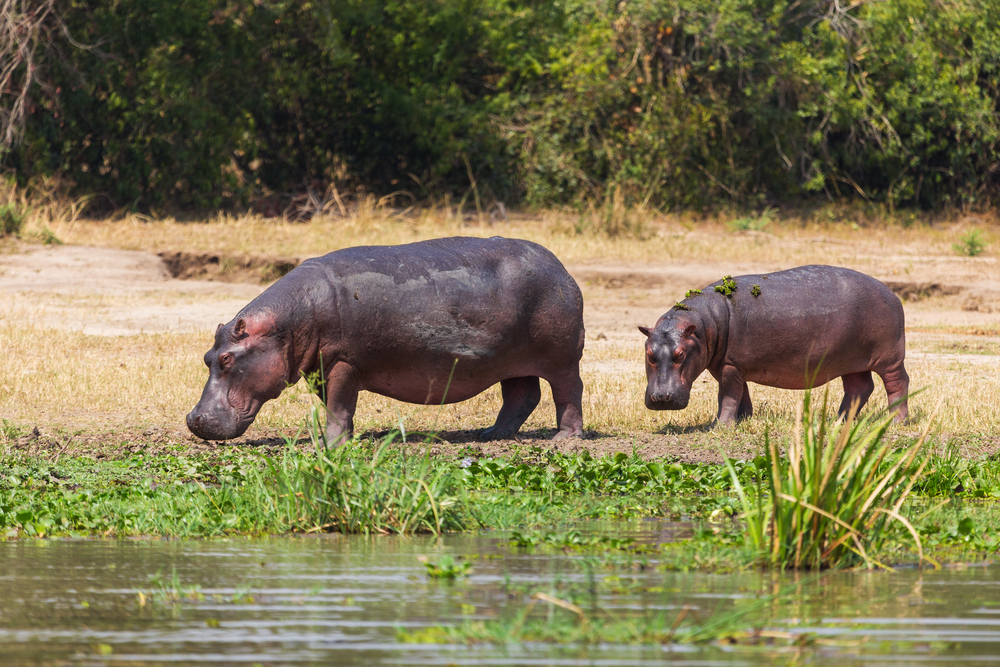
Mbam Djerem National Park
Explore Now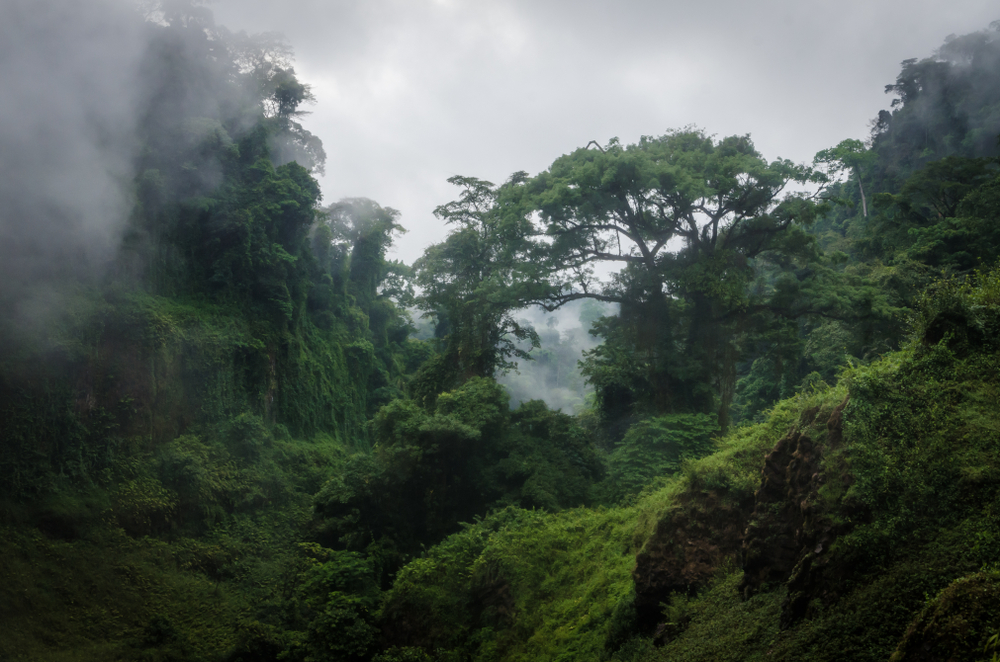
Mbéré Valley National Park
Explore Now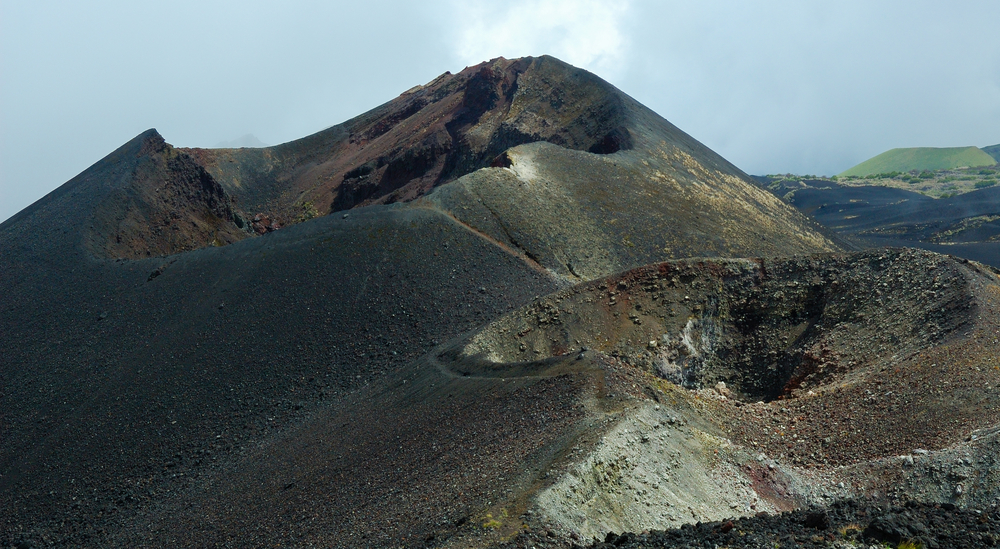
Mount Cameroon National Park
Explore Now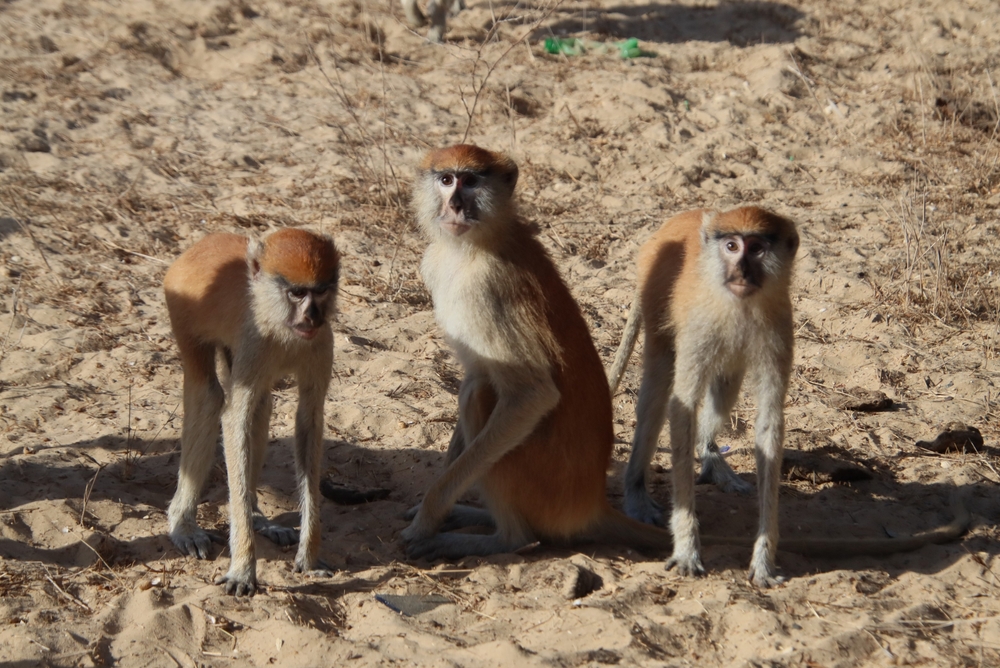
Mpem and Djim National Park
Explore Now
Nki National Park
Explore Now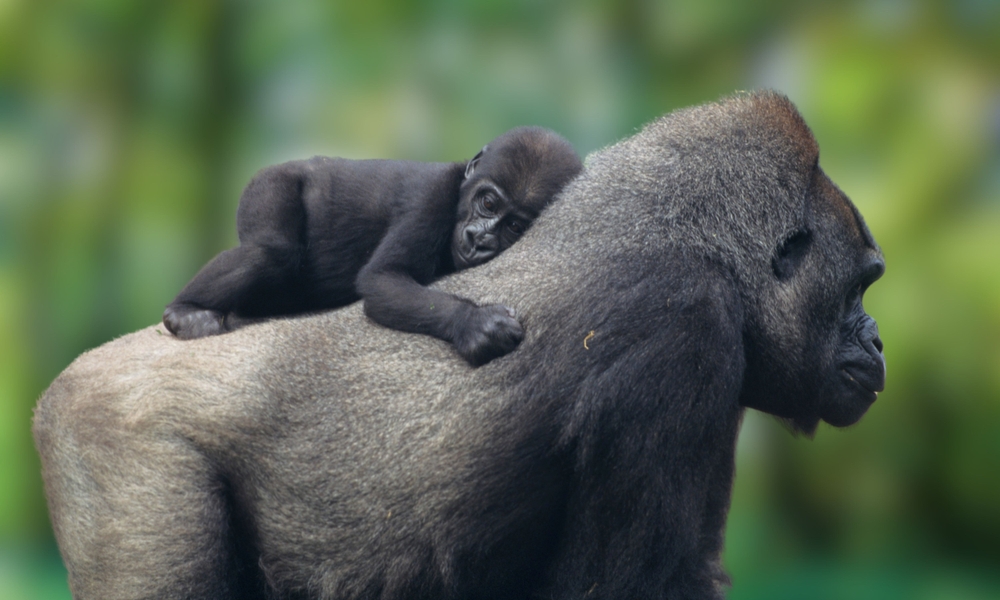
Takamanda National Park
Explore Now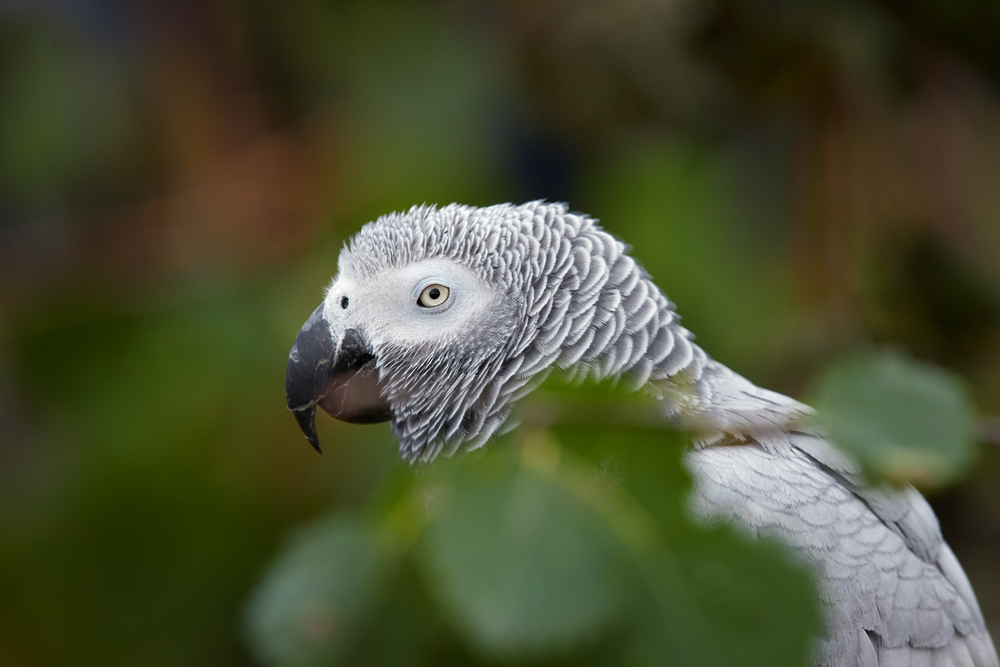
Tchabal Mbabo National Park
Explore Now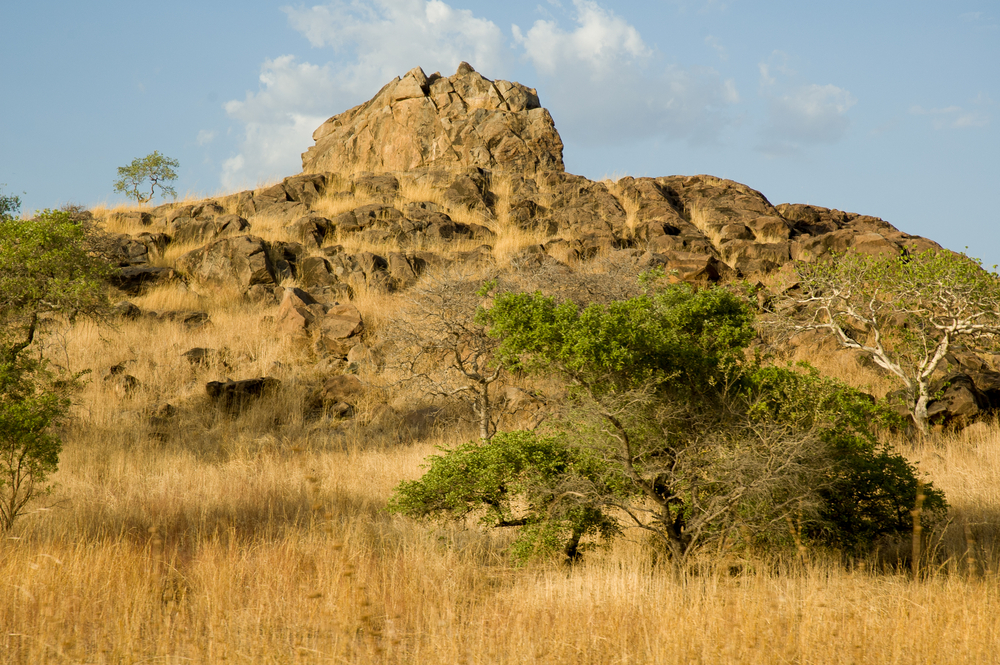
Waza National Park
Explore NowFAQ’s
1. How many national parks are there in Cameroon?
2. What is the largest national park in Cameroon?
The largest national park in Cameroon is Bouba Njida National Park. It covers an area of approximately 2,200 square kilometers (about 850 square miles).
Bouba Njida National Park is located in the North Region of Cameroon and is known for its diverse wildlife, including populations of elephants, giraffes, lions, buffaloes, and various antelope species.
The park’s landscape includes savannahs, woodlands, and riverine forests, providing habitat for a wide range of species and offering opportunities for safari experiences and wildlife viewing.
3. What is the smallest national park in Cameroon?
The smallest national park in Cameroon is the Bénoué National Park. It covers an area of approximately 1,800 square kilometers (about 700 square miles).
Despite its relatively small size, Bénoué National Park is significant for its conservation of wildlife, particularly elephants, hippos, antelopes, and various bird species.
The park is located in the North Region of Cameroon and is characterized by savannah grasslands, riverine forests, and gallery forests along the Bénoué River, providing important habitat for a diverse array of flora and fauna.
4. What was the first national park in Cameroon?
The first national park established in Cameroon was Waza National Park. Established in 1934, Waza National Park is located in the Far North Region of Cameroon, near the border with Chad. It covers an area of approximately 1,700 square kilometers (about 656 square miles).
Waza National Park is known for its Sahelian landscape, characterized by savannahs, grasslands, and seasonal wetlands. The park is home to a diverse array of wildlife, including elephants, giraffes, lions, antelopes, and various bird species.
Waza National Park was established to protect these valuable ecosystems and wildlife populations while providing opportunities for eco-tourism and research in Cameroon.
5. What is the most popular national park in Cameroon?
The most popular national park in Cameroon is Waza National Park, located in the Far North Region of the country. Waza is one of Cameroon’s oldest and most famous parks, known for its impressive wildlife diversity and expansive savannah landscape.
The park is home to iconic African species such as elephants, lions, giraffes, antelopes, and a wide variety of bird species, including ostriches and cranes. Waza is especially popular among birdwatchers and safari enthusiasts, offering visitors a quintessential African wildlife experience.
Despite challenges such as poaching, Waza remains a major attraction for eco-tourism in Cameroon.
6. What percentage of Cameroon's land area is protected through official National Parks?
Approximately 10% of Cameroon’s land area is protected through national parks and other conservation areas, covering about 39,000 square miles (101,000 square kilometers).
These protected areas are spread across a variety of ecosystems, from savannas and rainforests to coastal wetlands, playing a vital role in biodiversity conservation.
7. What other protected areas are there in Cameroon?
In addition to national parks, Cameroon has several other protected areas, including wildlife reserves, game reserves, and forest reserves.
Notable examples include the Dja Faunal Reserve, a UNESCO World Heritage Site that is one of the largest tracts of rainforest in Africa, and the Benoué National Park, which is surrounded by hunting zones and supports a rich variety of wildlife.
These protected areas help preserve important habitats and species while promoting sustainable use of natural resources.
8. What nature attractions does Cameroon have apart from National Parks?
Apart from national parks, Cameroon offers a variety of nature attractions, including Mount Cameroon, one of Africa’s highest volcanoes, which offers challenging hikes and breathtaking views.
The Ekom-Nkam Waterfalls are another natural wonder, famous for their stunning beauty. Additionally, Cameroon’s coastal areas, such as Kribi and Lobé Falls, where waterfalls cascade directly into the Atlantic Ocean, are popular tourist destinations.
The country’s rainforests and rivers also offer opportunities for wildlife viewing and ecotourism.
9. What species are endemic and unique to Cameroon alone?
Cameroon is home to several endemic and unique species, including the Cross River gorilla, one of the most endangered great apes, which is found in the dense rainforests along the Nigeria-Cameroon border.
Other endemic species include the Cameroon clawless otter, the Mount Cameroon francolin (a bird species), and various frogs and reptiles that inhabit the country’s highland and montane regions.
10. What is Cameroon's main international airport?
Cameroon’s main international airport is Douala International Airport (IATA code: DLA), located in Douala, the country’s largest city and economic hub. This airport is the primary gateway for international flights into Cameroon.
11. What international airline companies fly into Cameroon?
The following international airline companies fly into Cameroon:
- Air France
- ASKY Airlines
- Brussels Airlines
- Ethiopian Airlines
- Kenya Airways
- Royal Air Maroc
- RwandAir
- Turkish Airlines
12. Who manages the national parks of Cameroon?
The national parks in Cameroon are managed by the Ministry of Forestry and Wildlife (MINFOF), which is responsible for the conservation and sustainable management of the country’s protected areas and wildlife.
MINFOF works in collaboration with various international organizations and NGOs, such as the World Wildlife Fund (WWF) and the Wildlife Conservation Society (WCS), to protect and preserve Cameroon’s biodiversity.
More information can be found on the MINFOF official website: http://www.minfof.cm.








































































